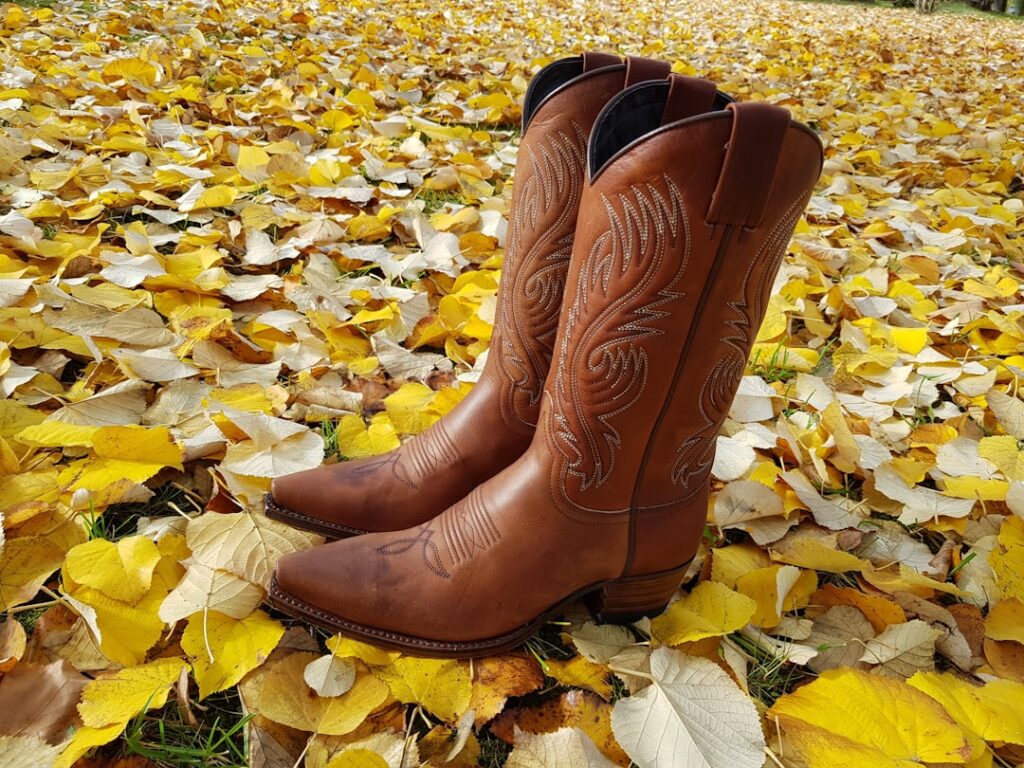Albino turkeys have a long and fascinating history that dates back to the early days of the United States. The first recorded sighting of albino turkeys in the wild was in the 1800s, and they quickly gained popularity due to their unique appearance. These birds were highly prized for their striking white feathers and pinkish-red eyes, which set them apart from the more common wild turkey. In fact, albino turkeys were so rare and sought after that they were often kept as pets by wealthy landowners and were even featured in exhibitions and fairs.
As the demand for albino turkeys grew, efforts were made to breed them in captivity, leading to the establishment of specialized breeding programs. These programs aimed to preserve the unique genetic traits of albino turkeys and ensure their continued existence. Over time, albino turkeys became a symbol of wealth and status, and their popularity spread beyond the United States to other parts of the world. Today, albino turkeys continue to be admired for their beauty and are a cherished part of the country’s natural heritage.
Albino turkeys have also played a significant role in the development of the domestic turkey industry. Their unique genetic makeup has been used to create new breeds of turkeys with desirable traits, such as larger size and faster growth rates. This has helped to improve the overall quality and productivity of domestic turkey populations, making albino turkeys an important part of the agricultural landscape. Despite their historical significance, albino turkeys face numerous challenges in the wild, including habitat loss and predation. Efforts to protect and conserve these birds are essential to ensure their continued survival for future generations to appreciate and enjoy.
Key Takeaways
- Albino turkeys have a fascinating history dating back to the 18th century, when they were first documented in the United States.
- Albino turkeys are known for their unique physical characteristics, including their all-white feathers, pinkish beak, and red or pink eyes.
- Conservation efforts are being made to protect albino turkeys, as they are a rare and vulnerable species facing threats from habitat loss and predation.
- Albino turkeys hold significance in different cultures, often symbolizing purity, good luck, and spiritual significance in various traditions and beliefs.
- Albino turkeys face challenges in the wild, including increased visibility to predators and potential health issues related to their genetic condition.
- Albino turkeys play a role in ecological balance by contributing to seed dispersal, insect control, and nutrient cycling in their habitats.
- To support and appreciate albino turkeys, individuals can contribute to conservation efforts, educate others about their importance, and advocate for their protection in the wild.
The Unique Physical Characteristics of Albino Turkeys
Albino turkeys are known for their striking physical characteristics, which set them apart from other members of the turkey family. One of the most distinctive features of albino turkeys is their pure white feathers, which cover their entire body, including their wings and tail. This unique coloration is the result of a genetic mutation that causes a lack of melanin, the pigment responsible for producing color in feathers and skin. As a result, albino turkeys have a completely white plumage that stands out against their natural surroundings.
In addition to their white feathers, albino turkeys also have pinkish-red eyes, which further contribute to their distinctive appearance. This eye color is also a result of the genetic mutation that causes albinism, as the absence of melanin in the eyes leads to a lack of pigmentation. The combination of white feathers and pinkish-red eyes gives albino turkeys a truly unique and captivating look that has made them highly sought after by bird enthusiasts and collectors.
Despite their striking appearance, albino turkeys face numerous challenges in the wild due to their lack of natural camouflage. Their white feathers make them highly visible to predators, making them more vulnerable to predation. Additionally, albino turkeys may also face health issues related to their genetic mutation, such as poor eyesight or sensitivity to sunlight. These factors make it essential to protect and conserve albino turkeys to ensure their continued survival and appreciation for future generations.
The Conservation Efforts to Protect Albino Turkeys
Conservation efforts to protect albino turkeys are essential to ensure the continued survival of these unique birds. One of the most important aspects of conservation is the preservation of suitable habitat for albino turkeys to thrive in the wild. This includes protecting areas with diverse vegetation and adequate food sources, as well as minimizing disturbances from human activities. By preserving natural habitats, conservationists can help ensure that albino turkeys have the resources they need to survive and reproduce.
In addition to habitat preservation, conservation efforts also focus on reducing threats to albino turkeys, such as predation and poaching. This may involve implementing measures to control predator populations or enforcing regulations to prevent illegal hunting and trade of albino turkeys. Conservationists also work to raise awareness about the importance of protecting albino turkeys and engage local communities in efforts to conserve these birds.
Breeding programs are another important aspect of conservation efforts for albino turkeys. By carefully managing captive populations, conservationists can help maintain genetic diversity and prevent inbreeding, which can lead to health issues and reduced fitness in wild populations. These programs also provide an opportunity to study albino turkeys and gain valuable insights into their behavior, ecology, and genetics, which can inform conservation strategies.
Overall, conservation efforts play a crucial role in protecting albino turkeys and ensuring their continued existence in the wild. By addressing threats and preserving suitable habitat, conservationists can help secure a future for these unique birds and promote appreciation for their beauty and significance.
The Significance of Albino Turkeys in Different Cultures
| Culture | Significance of Albino Turkeys |
|---|---|
| American Indian | Considered sacred and a symbol of purity |
| European | Associated with good luck and prosperity |
| Asian | Seen as a symbol of peace and harmony |
Albino turkeys hold significant cultural importance in various societies around the world. In some cultures, albino animals are considered sacred or mystical beings with special powers or spiritual significance. As a result, albino turkeys may be revered and held in high esteem by certain communities, who may view them as symbols of purity, luck, or divine protection.
In Native American cultures, for example, albino animals are often regarded as sacred beings with a special connection to the spirit world. They may be seen as messengers from the gods or as symbols of peace and harmony. Albino turkeys may be featured in traditional stories, rituals, or ceremonies as symbols of good fortune or as spiritual guides.
In other cultures, albino animals may be associated with superstitions or folklore that attribute magical properties or powers to these rare creatures. For example, some cultures believe that encountering an albino animal brings good luck or signifies an important event or message from the spiritual realm. As a result, albino turkeys may be regarded with awe and reverence by those who believe in these cultural beliefs.
Albino turkeys also hold significance in modern society as symbols of beauty and rarity. Their unique appearance has made them popular subjects in art, literature, and popular culture, where they are often portrayed as majestic or mysterious creatures. As a result, albino turkeys continue to capture the imagination of people around the world and hold a special place in cultural traditions and expressions.
The Challenges Faced by Albino Turkeys in the Wild
Albino turkeys face numerous challenges in the wild that threaten their survival and well-being. One of the most significant challenges is predation, as their lack of natural camouflage makes them more vulnerable to being spotted by predators. Without the protective coloration that helps other turkey species blend into their surroundings, albino turkeys are at greater risk of being targeted by predators such as hawks, owls, foxes, and coyotes.
In addition to predation, albino turkeys may also face health issues related to their genetic mutation. For example, their lack of melanin can make them more sensitive to sunlight, leading to sunburn or other skin problems. Their pinkish-red eyes may also be more susceptible to damage from UV radiation, which can affect their vision and overall well-being. These health issues can impact their ability to forage for food, find mates, and raise offspring, further threatening their survival in the wild.
Habitat loss is another significant challenge for albino turkeys, as human development continues to encroach on natural areas where these birds live. Deforestation, urbanization, and agricultural expansion can reduce suitable habitat for albino turkeys and limit their access to food sources and nesting sites. As a result, conservation efforts are essential to address these challenges and ensure that albino turkeys have the resources they need to thrive in the wild.
The Role of Albino Turkeys in Ecological Balance

Albino turkeys play an important role in maintaining ecological balance within their natural habitats. As omnivorous birds, they help control insect populations by feeding on insects such as grasshoppers, beetles, and caterpillars. By consuming these pests, albino turkeys help prevent outbreaks that can damage crops and native vegetation, benefiting both agricultural systems and natural ecosystems.
In addition to controlling insect populations, albino turkeys also contribute to seed dispersal through their foraging behavior. As they search for food, they inadvertently scatter seeds from plants they consume across different areas within their habitat. This helps promote plant diversity and regeneration by facilitating seed germination and new plant growth in various locations.
Furthermore, albino turkeys serve as prey for a variety of predators within their ecosystems. By providing a food source for animals such as foxes, coyotes, bobcats, and raptors, they contribute to the intricate food web within their habitats. This helps maintain predator-prey relationships and supports overall ecosystem health by ensuring that all species have access to necessary food resources.
Overall, albino turkeys play a vital role in ecological balance by contributing to pest control, seed dispersal, and predator-prey dynamics within their natural habitats. Protecting these birds is essential not only for their own survival but also for maintaining healthy ecosystems that benefit both wildlife and human communities.
How to Support and Appreciate Albino Turkeys
There are several ways that individuals can support and appreciate albino turkeys in their natural habitats. One important way is by promoting habitat conservation efforts that protect areas where these birds live and breed. This can include supporting organizations that work to preserve natural habitats through land acquisition, restoration projects, and advocacy for policies that prioritize wildlife conservation.
Another way to support albino turkeys is by raising awareness about their significance and the challenges they face in the wild. This can be done through educational outreach programs that provide information about these birds’ unique characteristics, ecological importance, and conservation needs. By sharing knowledge about albino turkeys with others, individuals can help foster appreciation for these birds and inspire action to protect them.
Individuals can also contribute directly to conservation efforts by volunteering with organizations that work to protect wildlife habitats or participating in citizen science projects that monitor bird populations. By getting involved in hands-on conservation activities, individuals can make a meaningful impact on protecting albino turkeys and other wildlife species.
Finally, supporting sustainable land use practices that minimize habitat destruction and promote coexistence with wildlife is essential for protecting albino turkeys. This can include advocating for responsible development practices that prioritize wildlife conservation and implementing measures to reduce human-wildlife conflicts.
By taking these actions, individuals can help support and appreciate albino turkeys while contributing to broader efforts to conserve biodiversity and protect natural ecosystems for future generations.
If you’re interested in learning more about albino animals, you should check out this fascinating article on Wide Angled about the rare albino turkey. The article discusses the unique characteristics of albino turkeys and the challenges they face in the wild. It’s a great read for anyone curious about these beautiful and unusual creatures. (source)
FAQs
What is an albino turkey?
An albino turkey is a turkey that is born with a genetic condition that causes it to have a lack of pigmentation in its feathers, skin, and eyes. This results in a white or pale appearance.
What causes a turkey to be albino?
Albinism in turkeys is caused by a genetic mutation that affects the production of melanin, the pigment responsible for the coloration of feathers, skin, and eyes. This mutation results in the absence of melanin, leading to the characteristic white or pale appearance of albino turkeys.
Are albino turkeys rare?
Yes, albino turkeys are considered rare. The genetic mutation that causes albinism is not common, and as a result, albino turkeys are not frequently encountered in the wild or in domestic turkey populations.
Do albino turkeys have any health issues?
Albino turkeys may be more susceptible to certain health issues, such as sunburn and vision problems, due to their lack of protective pigmentation in their skin and eyes. Additionally, they may be more vulnerable to predators due to their conspicuous white coloration.
Can albino turkeys survive in the wild?
Albino turkeys may face challenges in the wild due to their lack of protective coloration, which can make them more visible to predators. However, some albino turkeys are able to survive and thrive in their natural habitat with the right conditions and protection.








